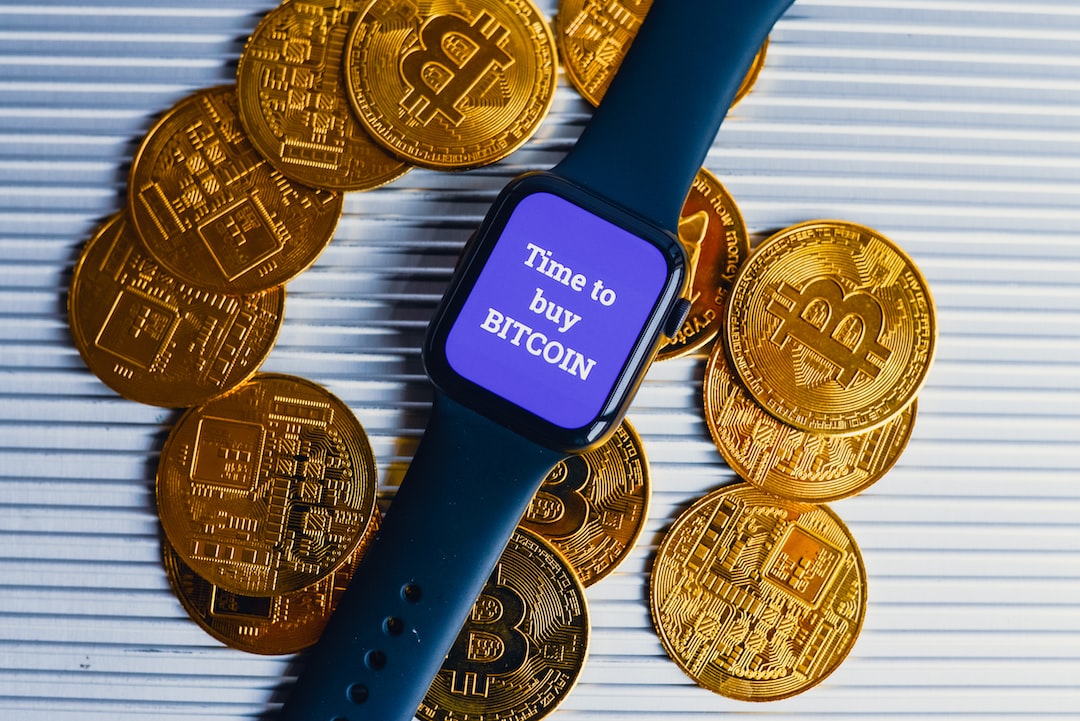The International Monetary Fund (IMF) has proposed a three-step approach called the Crypto-Risk Assessment Matrix (C-RAM) to help individual countries evaluate and mitigate risks associated with cryptocurrencies. The C-RAM approach aims to identify indicators and triggers of potential risks in the digital assets industry and provide guidance on how regulators should respond to these threats. The IMF developed this approach based on past failures in the crypto industry, including the collapse of FTX and TerraUSD.
The first step of the C-RAM approach involves using a decision tree to assess the “macro criticality” of cryptocurrencies in relation to a country’s economy. The next step examines indicators similar to those used in traditional finance to determine the potential for systemic risk. Finally, the last step analyzes the national macro-financial implications of crypto assets.
While the C-RAM matrix has global applicability, it is specifically designed for country-level analysis to help regulators identify vulnerabilities and implement effective policy measures to mitigate systemic risks.
To illustrate the application of the C-RAM framework, the authors used it to assess the market risks associated with El Salvador’s adoption of Bitcoin (BTC) as a legal tender. According to the IMF, this decision carries significant risks related to financial integrity, financial stability, and consumer protection.
The paper stated that “the use of crypto assets in El Salvador could also be assessed as macrocritical,” highlighting concerns about potential negative effects on financial stability and large remittances and capital inflows. The IMF has consistently advised against El Salvador’s BTC adoption and recommended dropping it as a legal tender earlier this year.
In conclusion, the IMF has introduced the C-RAM approach as a tool for countries to evaluate and address risks associated with cryptocurrencies. This framework can help regulators identify vulnerabilities and develop appropriate policies to mitigate systemic risks. The assessment of El Salvador’s use of BTC as a legal tender serves as an example of how the C-RAM approach can be applied to identify potential risks in specific contexts.
Daniel Lycon emerges as an intellectual polymath, gracefully merging the roles of crypto analyst, dedicated researcher, and editorial virtuoso. Navigating the intricate tapestry of digital currencies, Daniel’s keen insight resonates harmoniously with a diverse range of inquisitive minds. His adeptness at deciphering the most intricate threads of crypto intricacies flawlessly complements his editorial prowess, transforming complexity into an eloquent symphony of comprehension.

